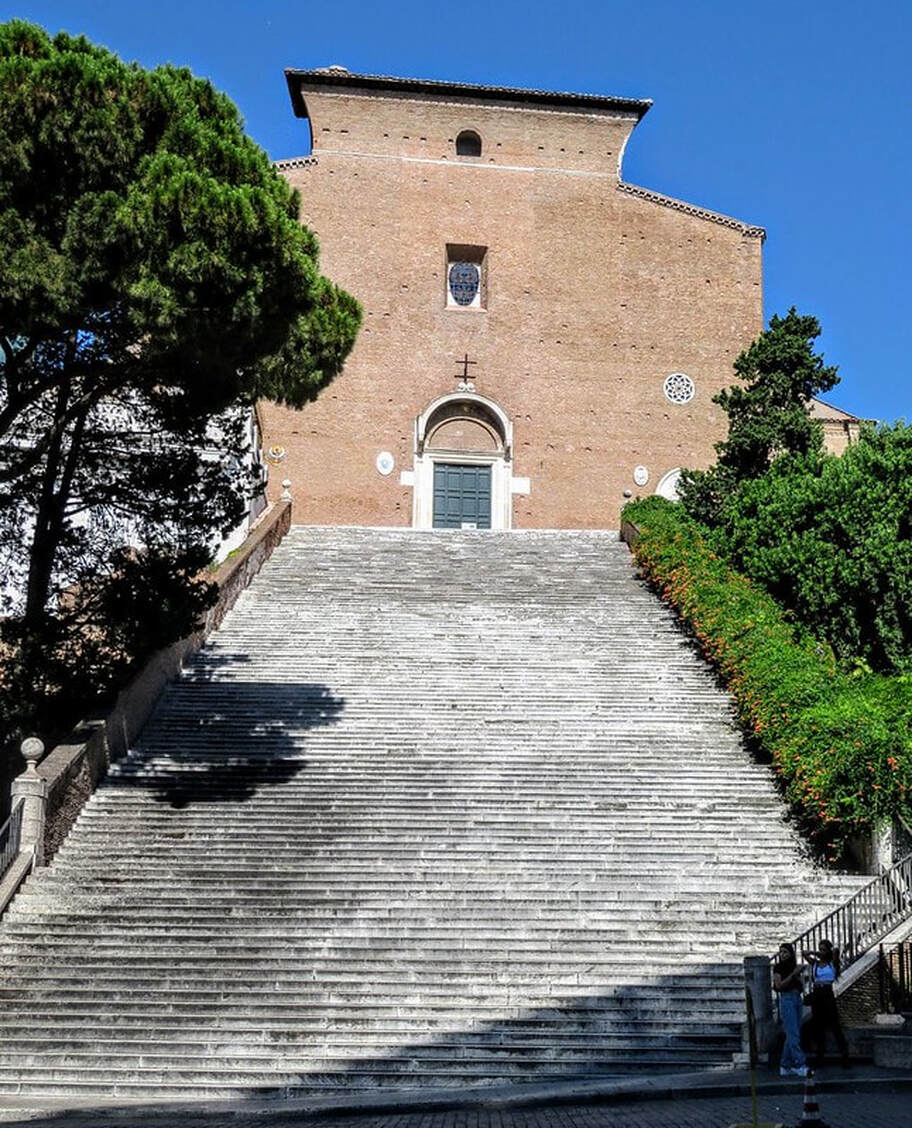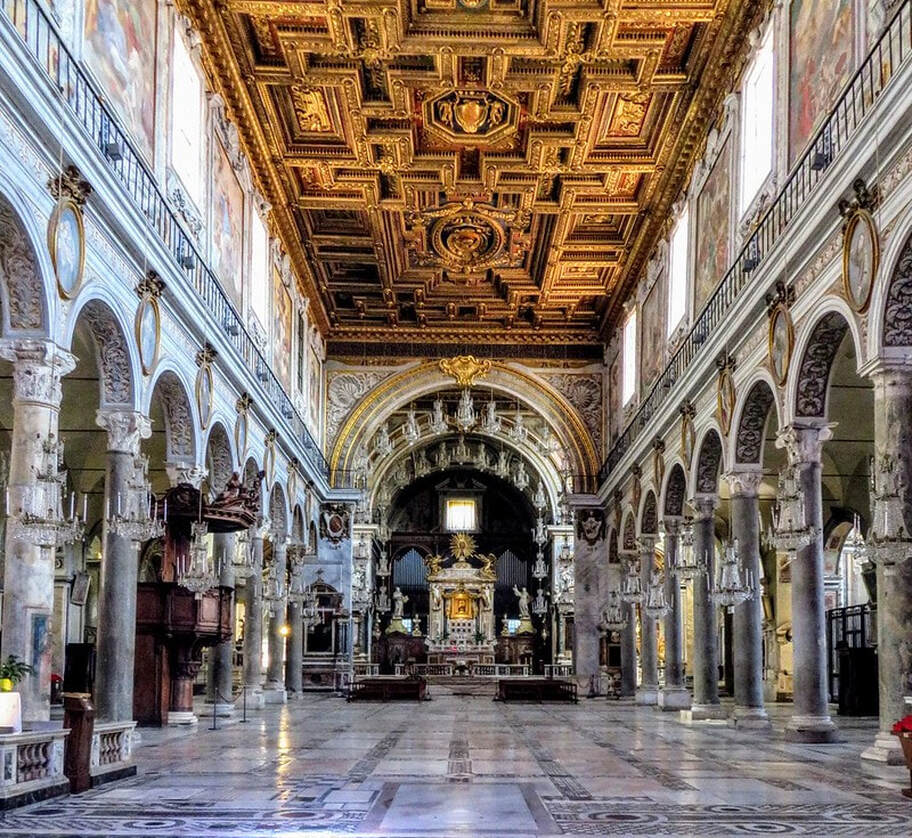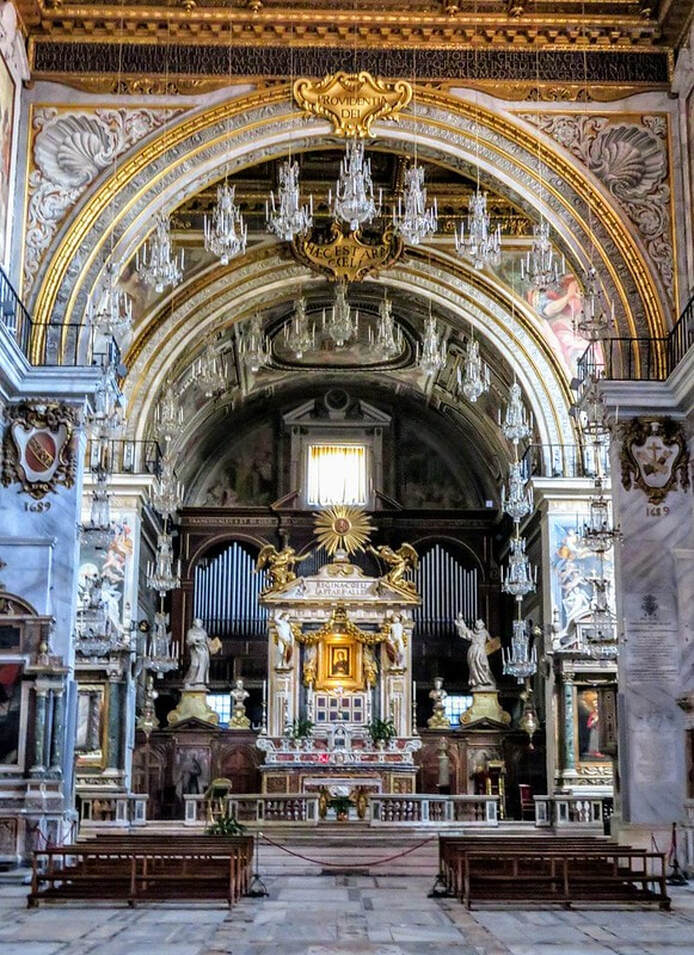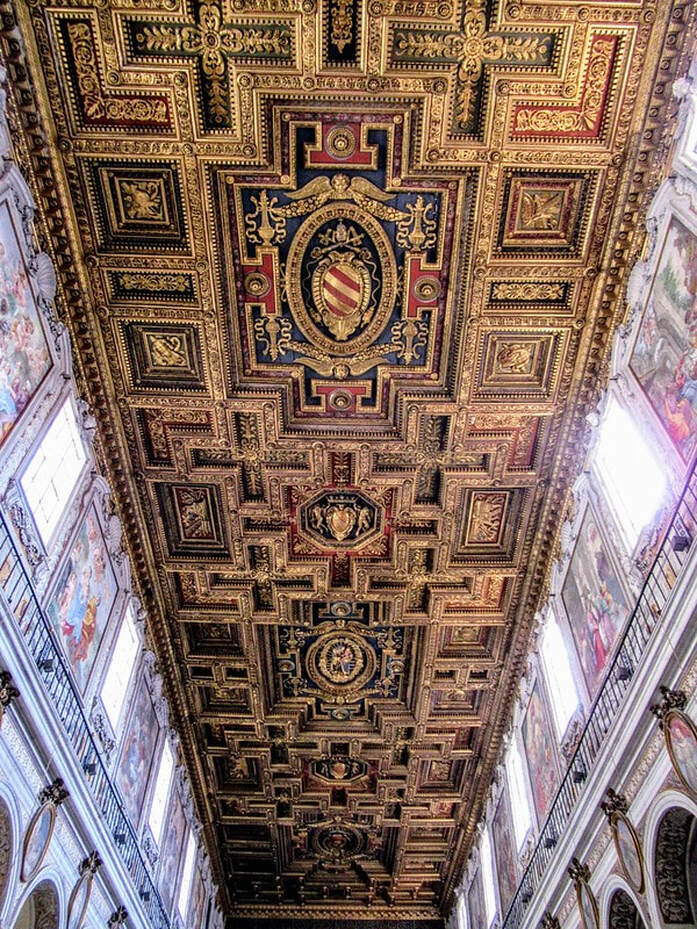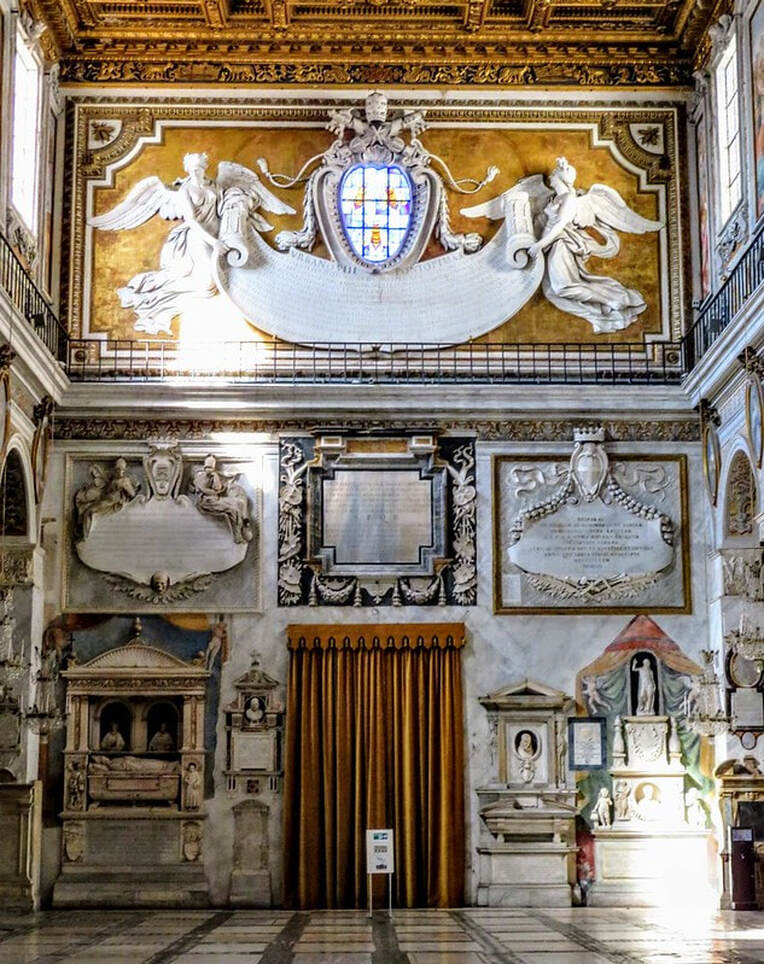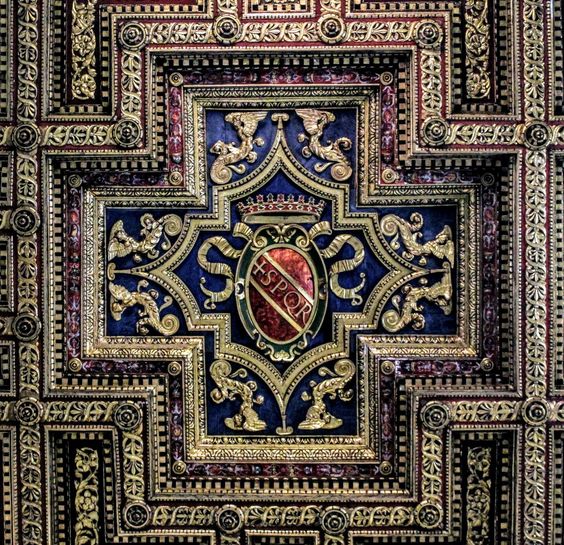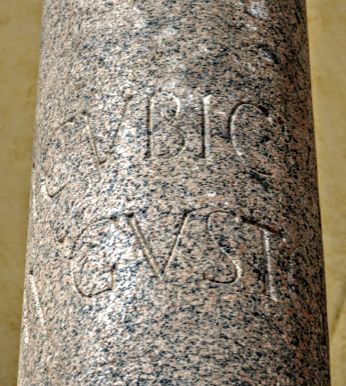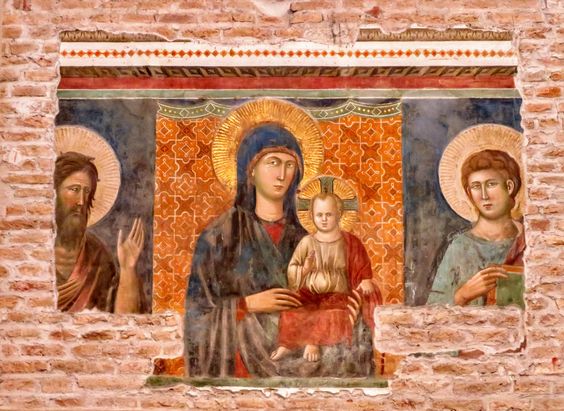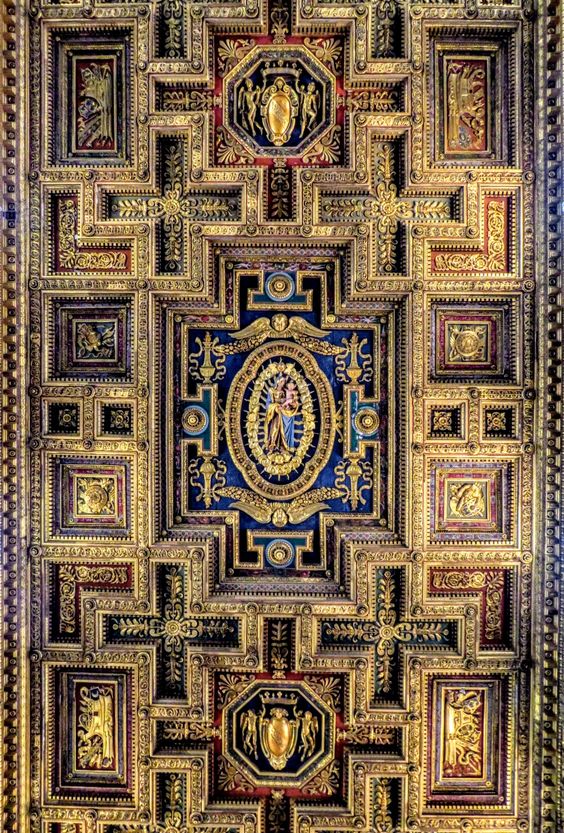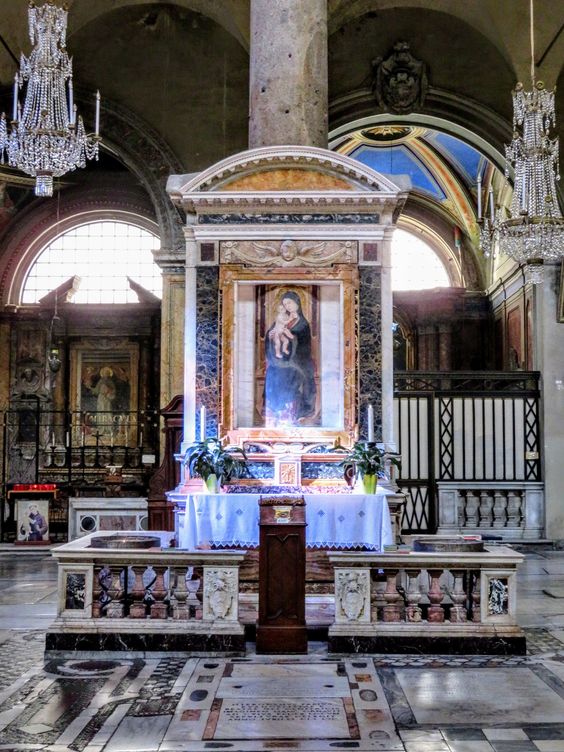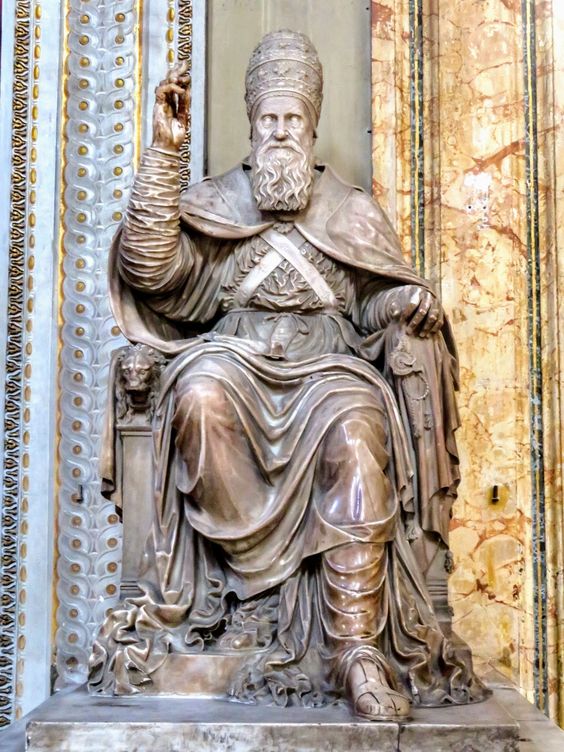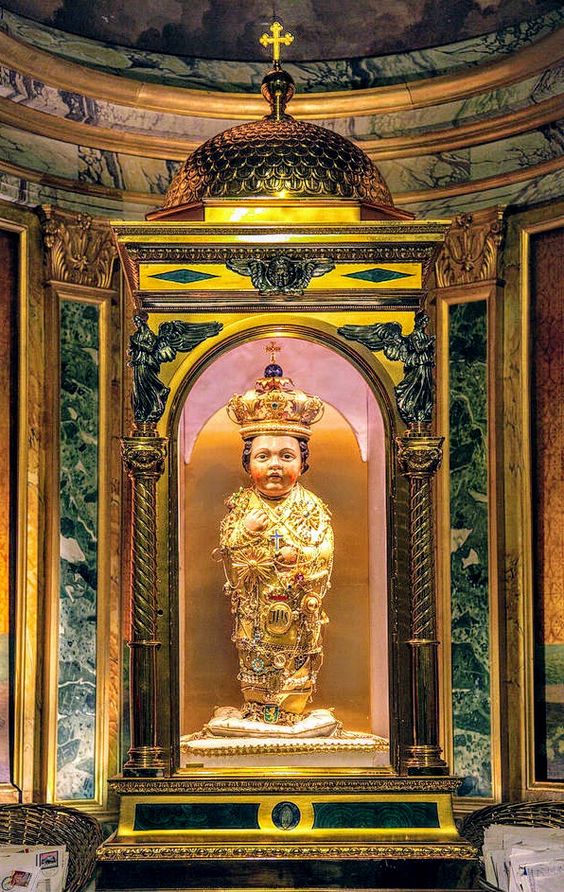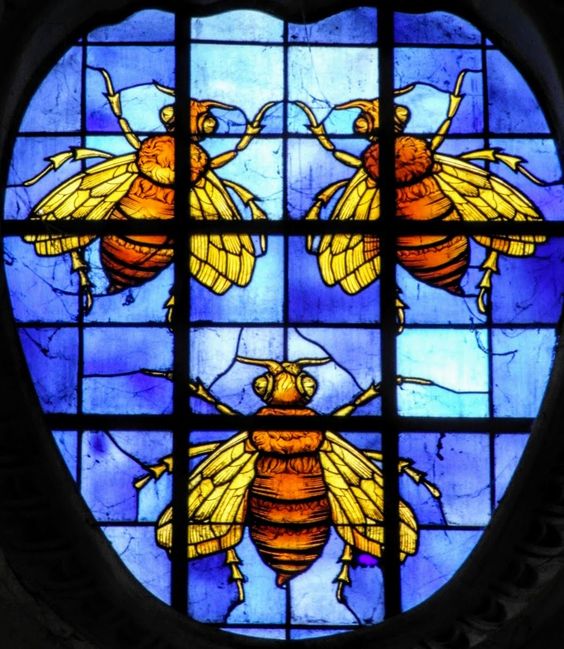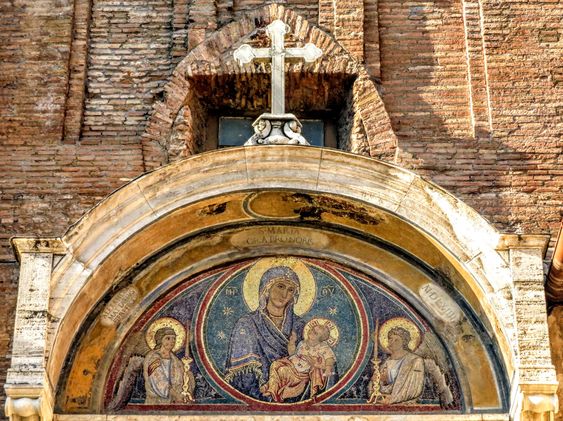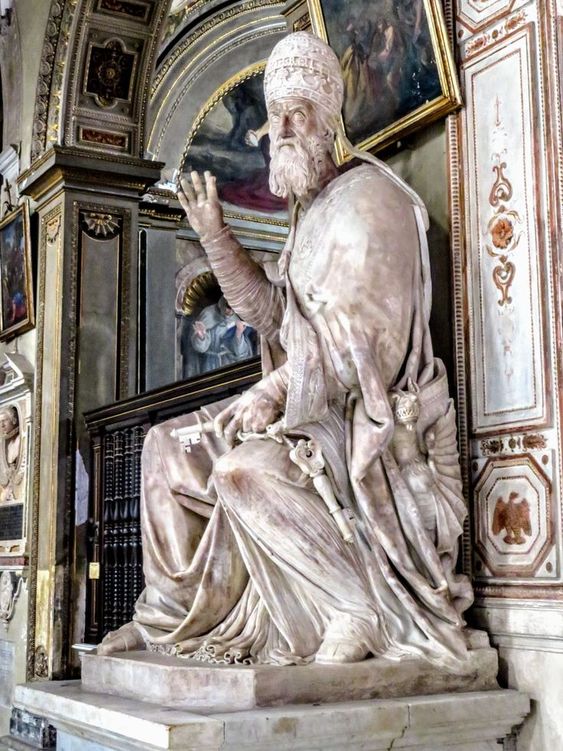- Home
- Walking Tours
- Blog
-
St Peter's Basilica
- Altars
- Baldacchino
- Chair of St Peter
- Chapel of the Baptistery
- Chapel of the Bl. Sacrament
- Chapel of the Choir
- Chapel of the Pieta
- Crossing >
- Dome
-
Monuments
>
- Countess Matilda of Canossa
- Maria Clementina Sobieska
- Queen Christina of Sweden
- Pope Innocent VIII
- Pope Paul III
- Pope Gregory XIII
- Pope Gregory XIV
- Pope Leo XI
- Pope Urban VIII
- Pope Alexander VII
- Pope Clement X
- Pope Innocent XI
- Pope Alexander VIII
- Pope Innocent XII
- Pope Benedict XIV
- Pope Clement XIII
- Pope Pius VII
- Pope Leo XII
- Pope Pius VIII
- Pope Gregory XVI
- Pope Pius X
- Pope Benedict XV
- Pope Pius XI
- Pope Pius XII
- Pope John XXIII
- The Stuarts
- Nave
- Portico >
- Statue of St Peter
- Statues of Founder Saints
- Transept
- Tribune
- St Peter's Square
- Vatican Museums
- Sistine Chapel
-
Fountains
- Trevi Fountain
- Fontana della Barcaccia
- Fontana della Peschiera
- Fountain in Piazza Colonna
- Fountain in Piazza delle Cinque Scole
- Fountain in Piazza dell' Aracoeli
- Fountain in Piazza Nicosia
- Fountain in Piazza di S.M. in Trastevere
- Fountain of Moses
- Fountain of Neptune
- Fountains of Piazza Farnese
- Fountain of Ponte Sisto
- Fountain of the Acqua Paola
- Fountain of the Bees
- Fountain of the Cannonball
- Fountain of the Frogs
- Fountain of the Four Rivers
- Fountain of the Goddess Roma
- Fountain of the Lateran Obelisk
- Fountain of the Mask
- Fountain of the Moor
- Fountain of the Naiads
- Fountain of the Pantheon
- Fountains of Piazza del Popolo
- Fountain of the Porter
- Fountains of St Peter's Square
- Fountain of the Seahorses
- Fountain of the Triton
- Fountain of the Turtles
- Fountains of the Two Seas
- Four Fountains
- Rioni Fountains
- Street Fountains
- Venice Marries the Sea
- On This Day in Rome
-
Churches
- Chiesa del Gesù >
- Chiesa Nuova
- Lateran Baptistery
- San Bartolomeo all' Isola
- San Benedetto in Piscinula
- San Bernardo alle Terme
- San Carlo ai Catinari
- San Carlo al Corso
- San Carlo alle Quattro Fontane
- San Clemente >
- San Crisogono
- San Francesco a Ripa >
- San Giorgio in Velabro
- San Giovanni a Porta Latina
- San Giovanni dei Fiorentini
- San Giovanni in Laterano >
- San Girolamo della Carità >
- San Gregorio Magno
- San Lorenzo fuori le Mura
- San Lorenzo in Damaso
- San Lorenzo in Lucina
- San Luigi dei Francesi >
- San Marcello al Corso
- San Marco
- San Martino ai Monti
- San Nicola in Carcere
- San Pancrazio
- San Paolo fuori le Mura
- San Pietro in Montorio
- San Pietro in Vincoli
- San Saba
- San Salvatore in Lauro
- San Sebastiano fuori le Mura >
- San Silvestro in Capite
- San Vitale
- Sant' Agnese fuori le Mura
- Sant' Agnese in Agone
- Sant' Agostino
- Sant' Alessio
- Sant' Anastasia
- Sant' Andrea al Quirinale
- Sant' Andrea della Valle
- Sant' Andrea delle Fratte
- Sant' Antonio dei Portoghesi
- Sant' Apollinare
- Sant' Eustachio
- Sant' Ignazio di Loyola
- Sant' Ivo alla Sapienza
- Santa Caterina dei Funari
- Santa Cecilia in Trastevere
- Santa Costanza
- Santa Croce in Gerusalemme >
- Santa Francesca Romana
- Santa Maria ad Martyres
- Santa Maria degli Angeli
- Santa Maria dei Miracoli
- Santa Maria del Popolo >
- Santa Maria del Priorato
- Santa Maria della Pace >
- Santa Maria della Vittoria >
- Santa Maria dell' Anima
- Santa Maria dell' Orazione e Morte
- Santa Maria dell' Orto
- Santa Maria di Loreto
- Santa Maria in Aracoeli >
- Santa Maria in Campitelli
- Santa Maria in Cosmedin
- Santa Maria in Domnica
- Santa Maria in Montesanto
- Santa Maria in Trastevere >
- Santa Maria in Via
- Santa Maria in Via Lata
- Santa Maria Maddalena
- Santa Maria Maggiore >
- Santa Maria sopra Minerva >
- Santa Prassede
- Santa Pudenziana
- Santa Sabina >
- Santa Susanna
- Santi Apostoli
- Santi Cosma e Damiano
- Santi Domenico e Sisto
- Santi Giovanni e Paolo
- Santi Luca e Martina
- Santi Nereo e Achilleo
- Santi Quattro Coronati
- Santi Vincenzo e Anastasio
- Santissima Trinità degli Spagnoli
- Santissima Trinità dei Pellegrini
- Santissima Trinità di Monti
- Santissimo Nome di Maria
- Santo Stefano Rotondo
- Palatine
- Forum
-
Ancient Monuments
- Aqueducts
- Ara Pacis
- Arch of Constantine
- Arch of the Money-Changers
- Arch of Janus
- Aurelian Walls
- Baths of Caracalla
- Baths of Diocletian
- Castel Sant' Angelo
- Catacombs of Domitilla
- Circus Maxentius
- Circus Maximus
- Colosseum
- Column of Marcus Aurelius
- Column of Trajan
- Forum of Augustus
- Forum of Trajan
- Mausoleum of Augustus
- Nymphaeum
- Pantheon
- Ponte Fabricio
- Ponte Milvio
- Ponte Rotto
- Ponte Sant' Angelo
- Porta Maggiore
- Porta San Paolo
- Porta San Sebastiano
- Portico of Octavia
- Pyramid of Cestius
- Temple of Hadrian
- Temple of Hercules
- Temple of Portunus
- Theatre of Balbus
- Theatre of Marcellus
- Theatre of Pompey
- Tomb of Caecilia Metella
- Via Appia
-
Obelisks
- 'Minerveo' Obelisk
- 'Flaminio' Obelisk
- 'Matteiano' Obelisk
- 'Lateran' Obelisk
- 'Dogali' Obelisk
- 'Macuteo' Obelisk
- 'Solare' Obelisk
- 'Vatican' Obelisk
- 'Agonalis' Obelisk
- 'Sallustiano' Obelisk
- 'Quirinale' Obelisk
- 'Esquiline' Obelisk
- 'Pinciano' Obelisk
- 'Mediceo' Obelisk
- 'Torlonia' Obelisks
- 'Mussolini' Obelisk
- 'Marconi' Obelisk
-
Mosaics
- Gallery
- Palazzi
- Galleries & Museums
- Piazzas
-
Miscellaneous
- A Calendar of Saints
- A Literary Tour
- Antico Caffè Greco
- Art of the Cosmati
- Babington's Tea Rooms
- Barberini Bees
- Gian Lorenzo Bernini
- Borromini & the Baroque
- Catacombs
- Column of the Immaculate Conception
- Domes
- Equestrian Statues
- EUR
- Fasces
- Flood Plaques
- Funerary Monuments
- House of the Owls
- Jewish Ghetto
- Jubilee Years
- Knights of Malta
- Mithraism
- Monumental Complex of S. Spirito in Sassia
- Ponte Sisto
- Porta Pia
- 'Protestant' Cemetery
- Quartiere Coppedè
- Scala Santa
- Spanish Steps
- 'Talking' Statues
- Tiber Island
- Villa Borghese
- Vittoriano
- Rioni
- On This Day in Italy
-
Pictures from Italy
-
Florence
>
- A Literary Tour
- Anna Maria Luisa: Last of the Medici
- Casa-Galleria Vichi
- Column of Justice
- Column of St Zenobius
- Cosimo I de' Medici
- Cosimo II de' Medici
- Costanza Bonarelli
- David With Fig Leaf
- Elizabeth Barrett Browning
- Equestrian Statue of Cosimo I de' Medici
- Equestrian Statue of Ferdinando I de' Medici
- Festina Lente
- Floods
- Fontana del Bacchino
- Fontana dei Puttini
- Fountain of Neptune
- Fountains of the Marine Monsters
- Gian Gastone de' Medici
- Girolamo Savonarola
- Images of the Annunciation
- Little Devil
- Monument to Cellini
- Palazzo Bartolini-Salimbeni
- Palazzo Bianca Cappello
- Palazzo Fenzi
- Palazzo Viviani
- Perseus and Medusa
- Piazza Santa Maria Novella
- Pope Leo XI
- Porta della Mandorla
- Rape of the Sabine Woman
- Santa Maria Novella
- Canons' Palace
- Statue of Dante
- Theft of the Century
- Torre del Arnolfo
- Twelve Good Men
- Villa Gamberaia
- Wheel of the Innocents
- 'Wine Windows'
- Lazio >
- Tuscany >
-
Venice
>
- Ab Urbe Condita
- Acqua Alta
- Bartolomeo Colleoni
- Barque of Dante
- Burano
- Caffè Florian
- Daniele Manin
- Flagpoles
- Giustina Rossi
- Gondolas
- Harry's Bar
- Henry James
- House of Three Eyes
- King Victor Emmanuel II
- Map of Venice
- Martinmas
- Master of the House
- Palazzo Contarini Fasan
- Ponte Borgoloco
- Ponte Chiodo
- Punta del Dogana
- Scacciadiavoli
- Shrine of St Lucia
- Sior Antonio Rioba
- The 'Book Shitter'
- The Lion's Mouth
- Tommaso Rangone
- Torcello
- Venus
- 'Viennese Oranges'
- Wellheads
- Winged Lions
-
Florence
>
- Popes: 1417-Present
- Cloisters
Santa Maria in Aracoeli
The 13th century church of Santa Maria in Aracoeli sits at the top of a magnificent flight of steps. Its name derives from a oracle, which, according to legend, took place during the reign of the emperor Augustus (r. 27 BCE - 14 CE). The oracle foretold the birth of a son of God, in whose honour the emperor raised an altar on the Capitol Hill, an altar to heaven (ara coeli).
A temple dedicated to the goddess Juno once stood on or near this site. At the beginning of the 4th century BCE, the noisy honking of Juno’s sacred geese warned the Romans of a night-time attack by the Gauls, who were secretly scaling the walls of the citadel. The goddess duly acquired the additional name moneta from the Latin word monere/to warn). As Juno presided over many activities of the state, including that of minting coins, the word moneta became the English word money.
A temple dedicated to the goddess Juno once stood on or near this site. At the beginning of the 4th century BCE, the noisy honking of Juno’s sacred geese warned the Romans of a night-time attack by the Gauls, who were secretly scaling the walls of the citadel. The goddess duly acquired the additional name moneta from the Latin word monere/to warn). As Juno presided over many activities of the state, including that of minting coins, the word moneta became the English word money.
The nave is divided from the two aisles by a motley collection of ancient columns. The third column on the left bears an inscription (at the top) to ‘a cubiculo Augustorum’, which may refer to the Ancient Roman office of Imperial Chamberlain.
The huge expanse of floor is made up of fading tombstones, large slabs of cream and rose-coloured marble and decorative strips of Cosmatesque work.
Above each column is an oval tondo containing a fresco of a Franciscan saint. The twenty-two tondi were painted by Fra Umile da Foligno, who, unfortunately, did not label them.
Between the windows are a series of rather fine frescoes depicting scenes from the lives of the Virgin Mary, King David, and the prophet Isaiah. The frescoes are the work of Umile da Foligno, Giovanni Odazzi and Giuseppe Passeri.
The huge expanse of floor is made up of fading tombstones, large slabs of cream and rose-coloured marble and decorative strips of Cosmatesque work.
Above each column is an oval tondo containing a fresco of a Franciscan saint. The twenty-two tondi were painted by Fra Umile da Foligno, who, unfortunately, did not label them.
Between the windows are a series of rather fine frescoes depicting scenes from the lives of the Virgin Mary, King David, and the prophet Isaiah. The frescoes are the work of Umile da Foligno, Giovanni Odazzi and Giuseppe Passeri.
The high altar comprises a Byzantine icon of the Madonna and Child, which is known as the Madonna d’Aracoeli and dates back to at least the 11th century. The icon was carried through the streets of Rome during the outbreak of the Black Death in 1348. The short duration of the plague and the relative lack of fatalities was ascribed, as I have already mentioned, to the intercession of the Virgin Mary.
The beautiful 16th century gilded wooden ceiling is one of the glories of the church. It was created to commemorate the Battle of Lepanto (1571), a naval engagement between the fleets of the Holy League and the Ottoman Empire. The side coffers depict battle trophies, including the beaks of galleys. The admiral of the Papal fleet was Marcantonio Colonna, a leading member of the Roman nobility. Colonna financed the construction of the ceiling, as the large inscription on the counter-facade records.
To the right of the central door is the tombstone (1432) of Giovanni Crivelli, the signed work of the great Florentine sculptor Donatello (1386-1466). The tomb, which was designed to be set into the floor, is now standing upright. Note Donatello’s clever depiction in perspective of Crivelli’s feet. Next to Crivelli’s tomb is that of Cardinal Louis d’Albret, the work of Andrea Bregno (1418-1506).
The Cappella Bufalini, which is the first chapel on the right, is decorated with frescoes (c.1486) by Pinturicchio (1454-1513) illustrating scenes from the life of the Franciscan, St. Bernadino of Siena (1380-1444), who also happened to be the painter’s name-saint. The pavement is a good example of the work of the Cosmati.
Monuments to two great 16th century popes, Paul III (r. 1534-49) and Gregory XIII (1572-85), sit facing each other in the third bays of the aisles.
A few years ago fragments of frescoes thought to be by the Roman painter and mosaic designer, Pietro Cavallini (1259-c.1330), were uncovered in the church. The frescoes can be found in the eighth chapel off the right aisle, just beyond the side entrance. There is also a beautiful mosaic by the same artist above the side door.
The right transept houses tombs to Pope Honorius IV (r. 1285-87) and his father, Luca Savelli. The latter is attributed to Arnolfo di Cambio.
The left transept houses, in an octagonal temple, the relics of St Helena, the mother of the emperor Constantine, who is alleged to have found the very cross on which Christ was crucified. The medieval wall tomb belongs to Cardinal Matteo d’Aquasparta, a Franciscan, who died in 1302. His effigy is surmounted by a rather fine fresco in which the cardinal appears, albeit in diminutive form, being introduced to the Virgin Mary by St Francis.
Beyond the transept is the Cappella del Santo Bambino, which once housed a very famous 15th century statue of the infant Jesus. The statue, which was venerated across the world and believed to have special healing properties, was stolen in 1993 along with the many jewels which adorned it. Neither the statue nor the jewels has ever been found. The letters that are sent to the Holy Child are never opened; after a short period they are simply burnt.
The fourth chapel off the left aisle, which is dedicated to St Anthony of Padua, boasts a fine altarpiece by Benozzo Gozzoli (1421-97).
The fourth column on the left side of the nave is painted with a highly venerated fresco from the 15th century, the Madonna della Colonna. It was later encased in a Baroque altar and renamed the Madonna Rifugio dei Peccatori (Refuge of Sinners). Both the fifth and sixth columns also sport fragments of frescoes.
The Cappella Bufalini, which is the first chapel on the right, is decorated with frescoes (c.1486) by Pinturicchio (1454-1513) illustrating scenes from the life of the Franciscan, St. Bernadino of Siena (1380-1444), who also happened to be the painter’s name-saint. The pavement is a good example of the work of the Cosmati.
Monuments to two great 16th century popes, Paul III (r. 1534-49) and Gregory XIII (1572-85), sit facing each other in the third bays of the aisles.
A few years ago fragments of frescoes thought to be by the Roman painter and mosaic designer, Pietro Cavallini (1259-c.1330), were uncovered in the church. The frescoes can be found in the eighth chapel off the right aisle, just beyond the side entrance. There is also a beautiful mosaic by the same artist above the side door.
The right transept houses tombs to Pope Honorius IV (r. 1285-87) and his father, Luca Savelli. The latter is attributed to Arnolfo di Cambio.
The left transept houses, in an octagonal temple, the relics of St Helena, the mother of the emperor Constantine, who is alleged to have found the very cross on which Christ was crucified. The medieval wall tomb belongs to Cardinal Matteo d’Aquasparta, a Franciscan, who died in 1302. His effigy is surmounted by a rather fine fresco in which the cardinal appears, albeit in diminutive form, being introduced to the Virgin Mary by St Francis.
Beyond the transept is the Cappella del Santo Bambino, which once housed a very famous 15th century statue of the infant Jesus. The statue, which was venerated across the world and believed to have special healing properties, was stolen in 1993 along with the many jewels which adorned it. Neither the statue nor the jewels has ever been found. The letters that are sent to the Holy Child are never opened; after a short period they are simply burnt.
The fourth chapel off the left aisle, which is dedicated to St Anthony of Padua, boasts a fine altarpiece by Benozzo Gozzoli (1421-97).
The fourth column on the left side of the nave is painted with a highly venerated fresco from the 15th century, the Madonna della Colonna. It was later encased in a Baroque altar and renamed the Madonna Rifugio dei Peccatori (Refuge of Sinners). Both the fifth and sixth columns also sport fragments of frescoes.
Gallery
- Home
- Walking Tours
- Blog
-
St Peter's Basilica
- Altars
- Baldacchino
- Chair of St Peter
- Chapel of the Baptistery
- Chapel of the Bl. Sacrament
- Chapel of the Choir
- Chapel of the Pieta
- Crossing >
- Dome
-
Monuments
>
- Countess Matilda of Canossa
- Maria Clementina Sobieska
- Queen Christina of Sweden
- Pope Innocent VIII
- Pope Paul III
- Pope Gregory XIII
- Pope Gregory XIV
- Pope Leo XI
- Pope Urban VIII
- Pope Alexander VII
- Pope Clement X
- Pope Innocent XI
- Pope Alexander VIII
- Pope Innocent XII
- Pope Benedict XIV
- Pope Clement XIII
- Pope Pius VII
- Pope Leo XII
- Pope Pius VIII
- Pope Gregory XVI
- Pope Pius X
- Pope Benedict XV
- Pope Pius XI
- Pope Pius XII
- Pope John XXIII
- The Stuarts
- Nave
- Portico >
- Statue of St Peter
- Statues of Founder Saints
- Transept
- Tribune
- St Peter's Square
- Vatican Museums
- Sistine Chapel
-
Fountains
- Trevi Fountain
- Fontana della Barcaccia
- Fontana della Peschiera
- Fountain in Piazza Colonna
- Fountain in Piazza delle Cinque Scole
- Fountain in Piazza dell' Aracoeli
- Fountain in Piazza Nicosia
- Fountain in Piazza di S.M. in Trastevere
- Fountain of Moses
- Fountain of Neptune
- Fountains of Piazza Farnese
- Fountain of Ponte Sisto
- Fountain of the Acqua Paola
- Fountain of the Bees
- Fountain of the Cannonball
- Fountain of the Frogs
- Fountain of the Four Rivers
- Fountain of the Goddess Roma
- Fountain of the Lateran Obelisk
- Fountain of the Mask
- Fountain of the Moor
- Fountain of the Naiads
- Fountain of the Pantheon
- Fountains of Piazza del Popolo
- Fountain of the Porter
- Fountains of St Peter's Square
- Fountain of the Seahorses
- Fountain of the Triton
- Fountain of the Turtles
- Fountains of the Two Seas
- Four Fountains
- Rioni Fountains
- Street Fountains
- Venice Marries the Sea
- On This Day in Rome
-
Churches
- Chiesa del Gesù >
- Chiesa Nuova
- Lateran Baptistery
- San Bartolomeo all' Isola
- San Benedetto in Piscinula
- San Bernardo alle Terme
- San Carlo ai Catinari
- San Carlo al Corso
- San Carlo alle Quattro Fontane
- San Clemente >
- San Crisogono
- San Francesco a Ripa >
- San Giorgio in Velabro
- San Giovanni a Porta Latina
- San Giovanni dei Fiorentini
- San Giovanni in Laterano >
- San Girolamo della Carità >
- San Gregorio Magno
- San Lorenzo fuori le Mura
- San Lorenzo in Damaso
- San Lorenzo in Lucina
- San Luigi dei Francesi >
- San Marcello al Corso
- San Marco
- San Martino ai Monti
- San Nicola in Carcere
- San Pancrazio
- San Paolo fuori le Mura
- San Pietro in Montorio
- San Pietro in Vincoli
- San Saba
- San Salvatore in Lauro
- San Sebastiano fuori le Mura >
- San Silvestro in Capite
- San Vitale
- Sant' Agnese fuori le Mura
- Sant' Agnese in Agone
- Sant' Agostino
- Sant' Alessio
- Sant' Anastasia
- Sant' Andrea al Quirinale
- Sant' Andrea della Valle
- Sant' Andrea delle Fratte
- Sant' Antonio dei Portoghesi
- Sant' Apollinare
- Sant' Eustachio
- Sant' Ignazio di Loyola
- Sant' Ivo alla Sapienza
- Santa Caterina dei Funari
- Santa Cecilia in Trastevere
- Santa Costanza
- Santa Croce in Gerusalemme >
- Santa Francesca Romana
- Santa Maria ad Martyres
- Santa Maria degli Angeli
- Santa Maria dei Miracoli
- Santa Maria del Popolo >
- Santa Maria del Priorato
- Santa Maria della Pace >
- Santa Maria della Vittoria >
- Santa Maria dell' Anima
- Santa Maria dell' Orazione e Morte
- Santa Maria dell' Orto
- Santa Maria di Loreto
- Santa Maria in Aracoeli >
- Santa Maria in Campitelli
- Santa Maria in Cosmedin
- Santa Maria in Domnica
- Santa Maria in Montesanto
- Santa Maria in Trastevere >
- Santa Maria in Via
- Santa Maria in Via Lata
- Santa Maria Maddalena
- Santa Maria Maggiore >
- Santa Maria sopra Minerva >
- Santa Prassede
- Santa Pudenziana
- Santa Sabina >
- Santa Susanna
- Santi Apostoli
- Santi Cosma e Damiano
- Santi Domenico e Sisto
- Santi Giovanni e Paolo
- Santi Luca e Martina
- Santi Nereo e Achilleo
- Santi Quattro Coronati
- Santi Vincenzo e Anastasio
- Santissima Trinità degli Spagnoli
- Santissima Trinità dei Pellegrini
- Santissima Trinità di Monti
- Santissimo Nome di Maria
- Santo Stefano Rotondo
- Palatine
- Forum
-
Ancient Monuments
- Aqueducts
- Ara Pacis
- Arch of Constantine
- Arch of the Money-Changers
- Arch of Janus
- Aurelian Walls
- Baths of Caracalla
- Baths of Diocletian
- Castel Sant' Angelo
- Catacombs of Domitilla
- Circus Maxentius
- Circus Maximus
- Colosseum
- Column of Marcus Aurelius
- Column of Trajan
- Forum of Augustus
- Forum of Trajan
- Mausoleum of Augustus
- Nymphaeum
- Pantheon
- Ponte Fabricio
- Ponte Milvio
- Ponte Rotto
- Ponte Sant' Angelo
- Porta Maggiore
- Porta San Paolo
- Porta San Sebastiano
- Portico of Octavia
- Pyramid of Cestius
- Temple of Hadrian
- Temple of Hercules
- Temple of Portunus
- Theatre of Balbus
- Theatre of Marcellus
- Theatre of Pompey
- Tomb of Caecilia Metella
- Via Appia
-
Obelisks
- 'Minerveo' Obelisk
- 'Flaminio' Obelisk
- 'Matteiano' Obelisk
- 'Lateran' Obelisk
- 'Dogali' Obelisk
- 'Macuteo' Obelisk
- 'Solare' Obelisk
- 'Vatican' Obelisk
- 'Agonalis' Obelisk
- 'Sallustiano' Obelisk
- 'Quirinale' Obelisk
- 'Esquiline' Obelisk
- 'Pinciano' Obelisk
- 'Mediceo' Obelisk
- 'Torlonia' Obelisks
- 'Mussolini' Obelisk
- 'Marconi' Obelisk
-
Mosaics
- Gallery
- Palazzi
- Galleries & Museums
- Piazzas
-
Miscellaneous
- A Calendar of Saints
- A Literary Tour
- Antico Caffè Greco
- Art of the Cosmati
- Babington's Tea Rooms
- Barberini Bees
- Gian Lorenzo Bernini
- Borromini & the Baroque
- Catacombs
- Column of the Immaculate Conception
- Domes
- Equestrian Statues
- EUR
- Fasces
- Flood Plaques
- Funerary Monuments
- House of the Owls
- Jewish Ghetto
- Jubilee Years
- Knights of Malta
- Mithraism
- Monumental Complex of S. Spirito in Sassia
- Ponte Sisto
- Porta Pia
- 'Protestant' Cemetery
- Quartiere Coppedè
- Scala Santa
- Spanish Steps
- 'Talking' Statues
- Tiber Island
- Villa Borghese
- Vittoriano
- Rioni
- On This Day in Italy
-
Pictures from Italy
-
Florence
>
- A Literary Tour
- Anna Maria Luisa: Last of the Medici
- Casa-Galleria Vichi
- Column of Justice
- Column of St Zenobius
- Cosimo I de' Medici
- Cosimo II de' Medici
- Costanza Bonarelli
- David With Fig Leaf
- Elizabeth Barrett Browning
- Equestrian Statue of Cosimo I de' Medici
- Equestrian Statue of Ferdinando I de' Medici
- Festina Lente
- Floods
- Fontana del Bacchino
- Fontana dei Puttini
- Fountain of Neptune
- Fountains of the Marine Monsters
- Gian Gastone de' Medici
- Girolamo Savonarola
- Images of the Annunciation
- Little Devil
- Monument to Cellini
- Palazzo Bartolini-Salimbeni
- Palazzo Bianca Cappello
- Palazzo Fenzi
- Palazzo Viviani
- Perseus and Medusa
- Piazza Santa Maria Novella
- Pope Leo XI
- Porta della Mandorla
- Rape of the Sabine Woman
- Santa Maria Novella
- Canons' Palace
- Statue of Dante
- Theft of the Century
- Torre del Arnolfo
- Twelve Good Men
- Villa Gamberaia
- Wheel of the Innocents
- 'Wine Windows'
- Lazio >
- Tuscany >
-
Venice
>
- Ab Urbe Condita
- Acqua Alta
- Bartolomeo Colleoni
- Barque of Dante
- Burano
- Caffè Florian
- Daniele Manin
- Flagpoles
- Giustina Rossi
- Gondolas
- Harry's Bar
- Henry James
- House of Three Eyes
- King Victor Emmanuel II
- Map of Venice
- Martinmas
- Master of the House
- Palazzo Contarini Fasan
- Ponte Borgoloco
- Ponte Chiodo
- Punta del Dogana
- Scacciadiavoli
- Shrine of St Lucia
- Sior Antonio Rioba
- The 'Book Shitter'
- The Lion's Mouth
- Tommaso Rangone
- Torcello
- Venus
- 'Viennese Oranges'
- Wellheads
- Winged Lions
-
Florence
>
- Popes: 1417-Present
- Cloisters
